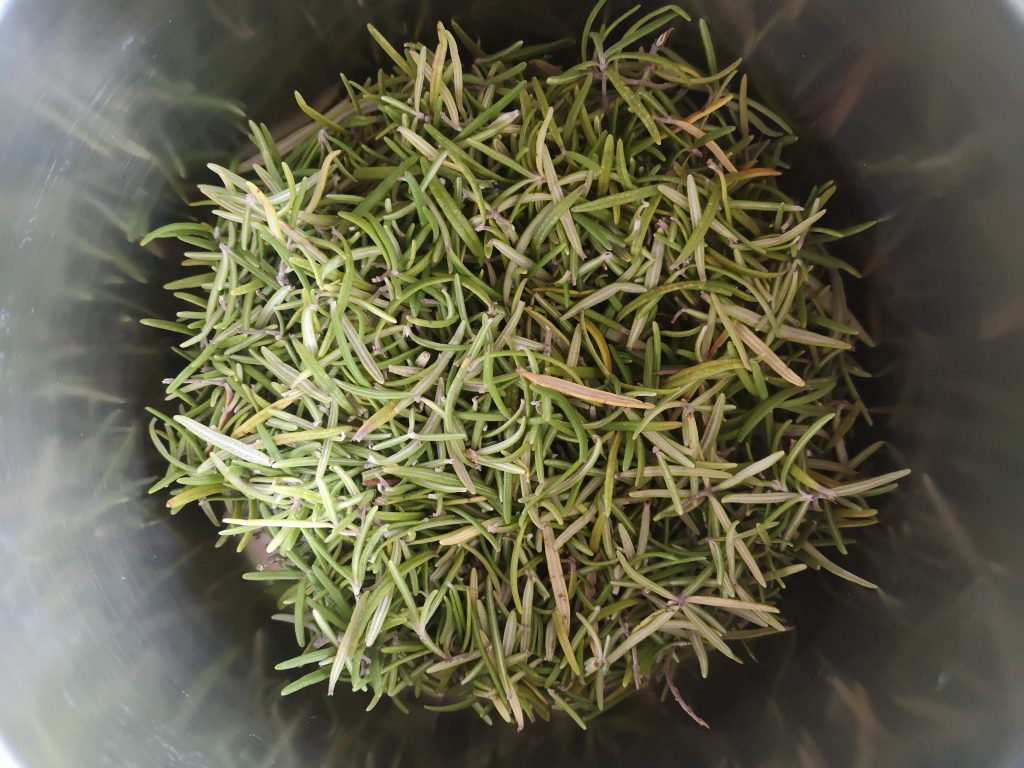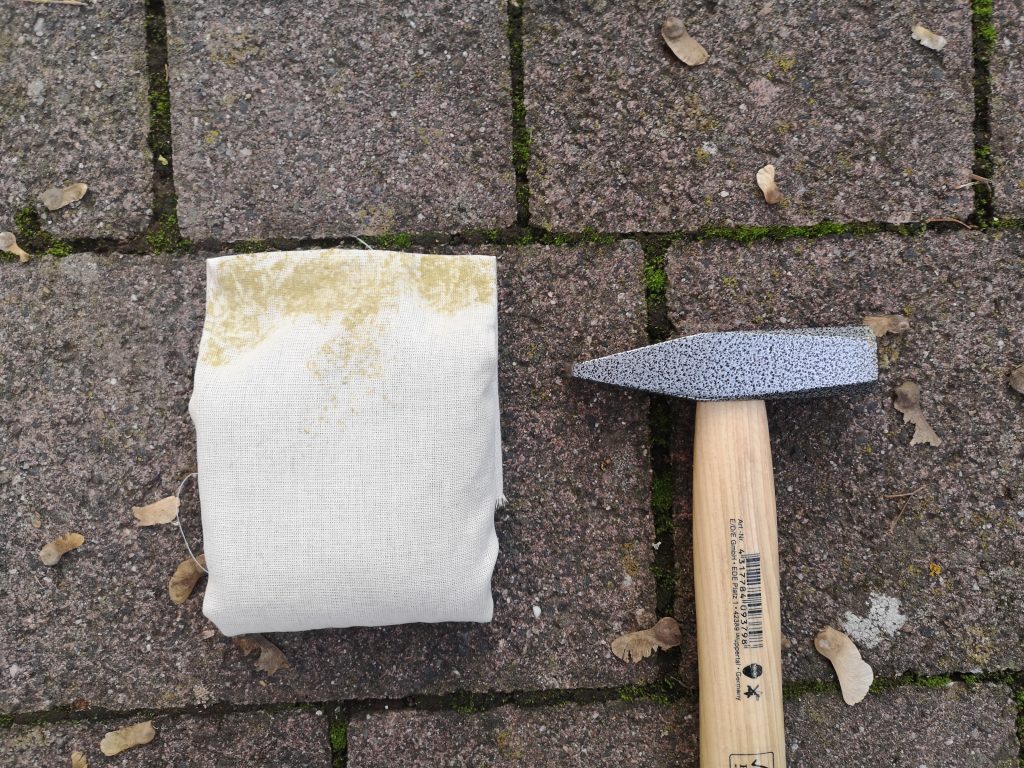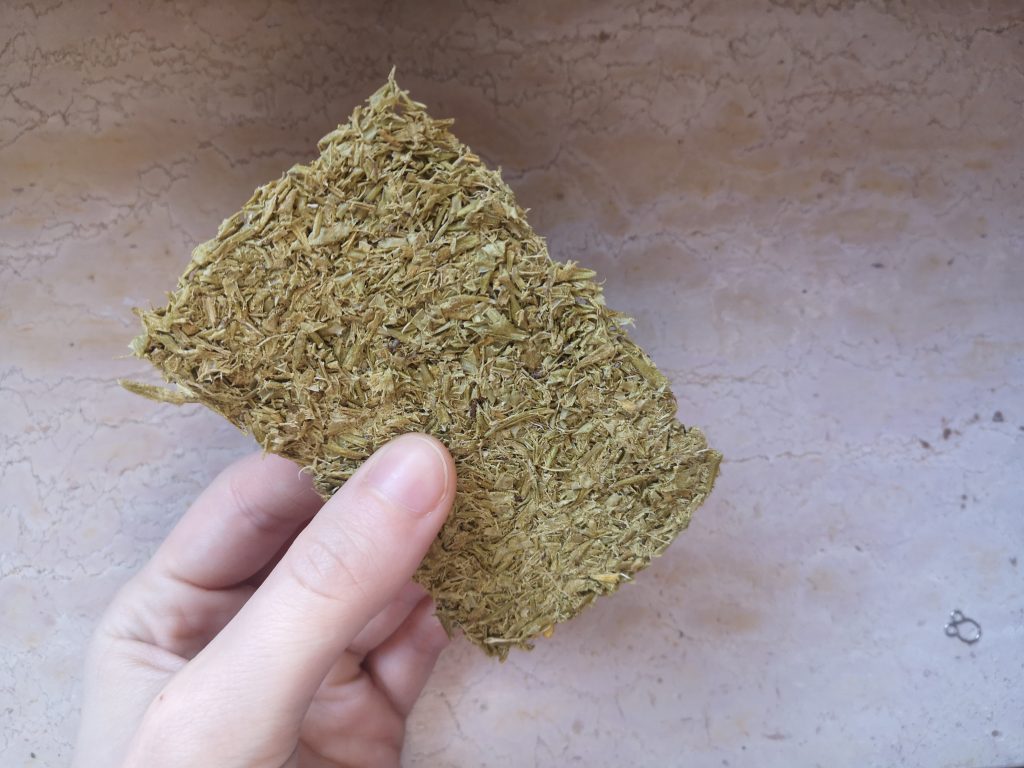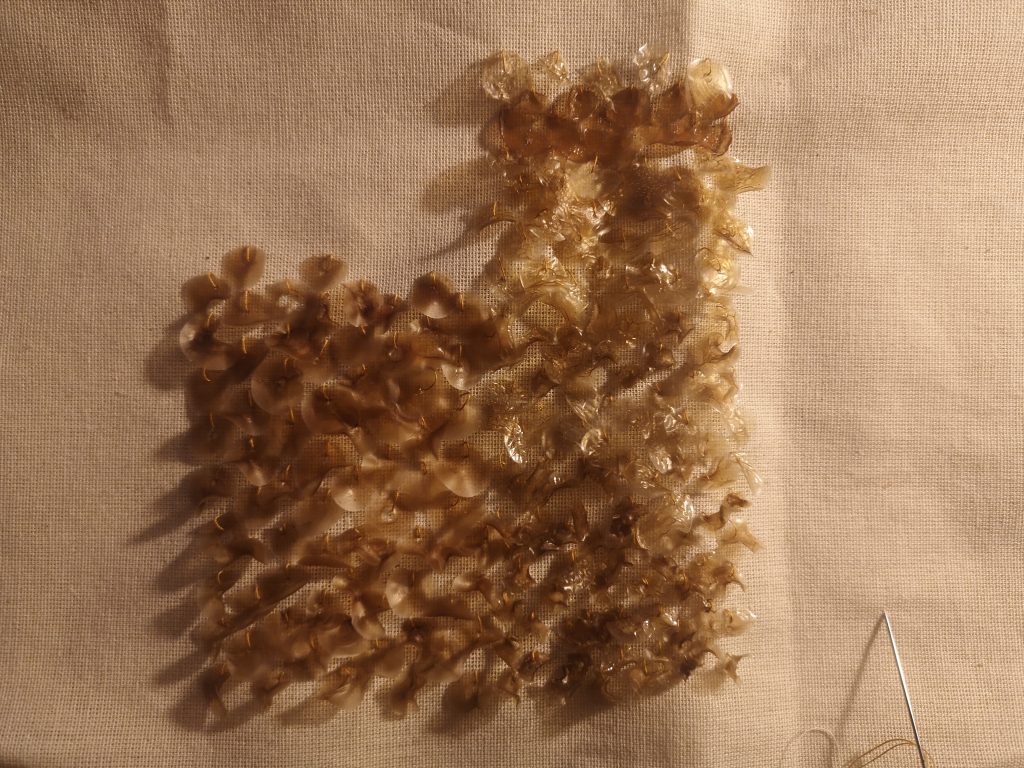“There is rosemary, that’s for remembrance. Pray you, love, remember.”
William Shakespeare; Ophelia in Hamlet

I didn’t have a clue what rosemary symbolized when I strayed through the garden, looking for herbs and scents that I like – to which I have a connection and whose scent would reveal good memories to me.
Rosmarinus officinalis is a woody herb with fragrant evergreen needle-like leaves and it’s usually native to the Mediterranean region.
Dew of the Sea
The name rosemary comes from the Latin name rosmarinus, which is “dew” (ros) and “sea” (marinus) – in many locations it just needs the humidity carried by the sea breeze to live. I remember very well, how you could see this giant rosemary bushes everywhere in Italy and Croatia. They would stand in bright sunlight on dusty lands leaving a beautiful picture with white, pink, purple or blue blossoms sometimes.
Rosemary has a very old reputation for improving memory, and has been used as a symbol for remembrance (during weddings, war commemorations and funerals) in Europe and Australia. Twigs of rosemary would be thrown into graves as a symbol of remembrance for the dead.
In the Middle Ages, rosemary was associated with wedding ceremonies – the bride would wear a rosemary headpiece and the groom and wedding guests would all wear a sprig of rosemary. From this rosemary evolved into a love charm. Newly wed couples would plant a branch of rosemary on their wedding day, it’s growth was then a good omen.
Without knowing all of this, I picked a bunch of rosemary leaves from our garden. We would usually use it for cooking, but as we haven’t used up that much this summer, we still have a lot left.
I remembered Christa’s action, where she would make paper from cedar bark. I guessed, that rosemary leaves have unusual long fibers, plus they have a very nice fragrant and could give me some potential to experiment in paper-making once again.
I cooked the rosemary leaves in water and meanwhile dyed some fabric and wool to see how the color would turn out. It turned out golden!

Then I decided to crush the softened rosemary leaves with a hammer. I worked quite some time until I finally had a pulp that would no longer look tasty, but still smelled tasty.
(I don’t know what my parents thought of her daughter, who would sit for an hour in the garden hammering a piece of cloth and being all proud that she made this …something!)


The dried sheets turned out very fragile, and it seemed like I washed the smell out by using the common paper-making technique. It would still smell a bit, but not as intense as I thought it would. However the dyed fabric caught my attention, especially after learning so much about the history of rosemary and it’s symbolic meaning. It just seemed so literate, that the color turned out to be a precious golden.

I decided to solidify the color dye with agar, which is an algae-based gelatin alternative and poured and dried some drops, in order to achieve some sort of sequins once they would be dried out.



I stitched them onto a backing fabric and it really inspired my imagination. As rosemary was worn on weddings and funerals, maybe I could implement this technique in some kind of garment?
It looks organic and a bit like fish scales, yet very luxurious and rare – and limited in existence.
The impression achieved by the scales, which are made of the colour of rosemary and a little agar, puts the original meaning of rosemary into a new context. – dew of the sea
Dew as the drops of rosemary
Sea as the visual character of marine life
After some time, the garment would decompose and the magic would disappear. I am looking forward to see how time will treat this experiment.

